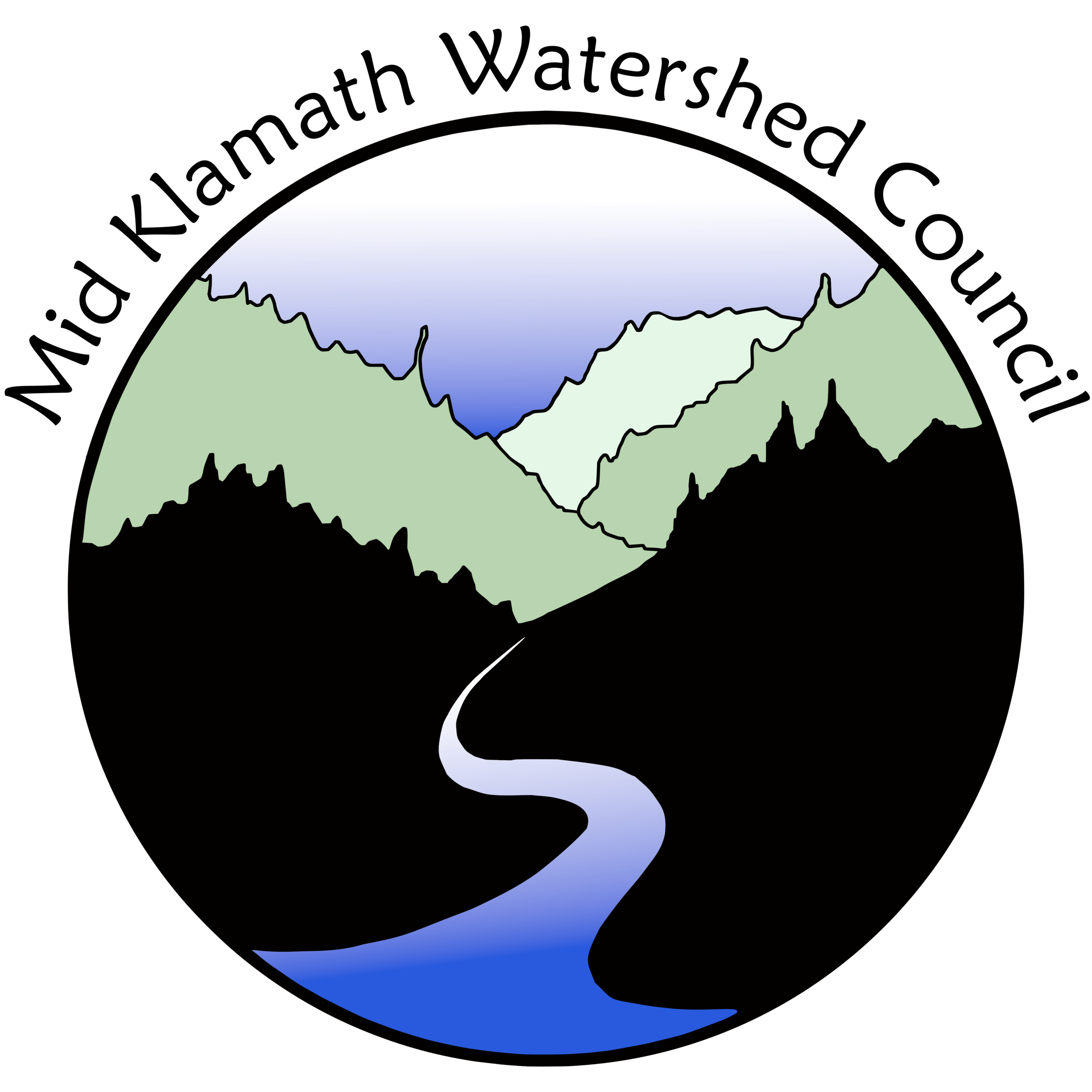Taking Down Walls
by Nancy Bailey
According to Merriam Webster, one of the definitions of a wall is “an extreme or desperate position or a state of defeat, failure, or ruin.” As in the phrase “up against the wall”
I’m sorry to say I feel that this moment in human and planetary history has us pretty clearly up against the wall. I wonder if this condition is actually a result of all the walls we build. Lately all the talk about building more of them and the divisive rhetoric we hear that pushes people apart, I feel it is an important time to speak out against them. There are so many kinds of walls and I have to say I don’t see much good coming out of any of them.
Unthinking we have built dams in rivers, walling off hundreds of miles of critical habitat for fish and interrupting what should be a dynamic process of fluctuating flows and habitat renewal.
Without full understanding of impacts, we have built highways which wall off and inhibit wildlife from their migration routes. And we have built hundreds of miles of forest roads that result in landslides and sedimentation in the streams effectively also walling off habitat.
We have suppressed wildfire, causing unhealthy and choked forests; walls to the free flow of wildlife and impediments to ecosystem health, which is built on movement and interchange.
Even our attitudes can be walls. We have accepted and promoted cultural and psychological walls between ourselves and nature, believing ourselves superior and in control, allowing for rampant disrespect of the natural world and its processes. Even as we have willingly embraced attitudes of separation from nature, we have fallen prey to historic themes of separation between ourselves and the other, fearing what or who we don’t understand.
Rather than building more walls, now is the time to take them down, one at a time.
When people ask about my work with MKWC, I say we are in the business of “restoration”. Restoring the Klamath salmon populations, restoring fire to its rightful place in the landscape, restoring native biodiversity in the plant and animal world in the face of threatening invasive species, restoring forest and river and community health and wholeness. These objectives are for the most part about breaking down walls. Restoration is about connectivity; allowing the natural world to resume its dynamic momentum toward balance and flow.
From rivers to forests, walls must come down. First the Elwha dam in Washington and soon the Klamath dams will go. Eventually many others will be deconstructed, as the outcomes of these early dam removals model and demonstrate the huge benefits to entire ecosystems. Everywhere damaging roads are being decommissioned and put to bed, their benefits having expired in light of their long term negative impacts. Restoration projects of so many types are being implemented here in the Klamath and elsewhere, it is hopeful.
Right now, shortly after the annual Klamath River Prescribed Fire Training Exchange (TREX), I feel particularly hopeful about fire. We are coming to understand and accept that wildfire management rather than full suppression will help return the process of natural fire to the landscape. We are embracing controlled fire as an important tool as we try to catch up with the deficit created by the hundred years of fire suppression. Fire is coming back, whether we want it or not. It is not an easy task, breaking down a lifetime of prejudice against fire. We are challenged but we can learn. Eventually our forests, rivers, and communities have the chance to recapture their resilience and compatibility with fire.
I believe we are on the right track. I see how groups like MKWC and so many others are working hard to find common ground with neighbors and stakeholders, to work together toward mutual goals of ecosystem and community health and renewal. Communities, states and nations, even our cultural psyche can heal from long histories of fearful wall building between groups of people and between humans and nature.
Certainly, the state of the world including our Klamath watershed demands of us to join together to take down the walls. Can we please refrain from building new ones?
Nancy Bailey is Co-Director of the Mid Klamath Watershed Council (MKWC) Fire and Fuels Program and a long-time resident and steward of the Middle Klamath subbasin.

